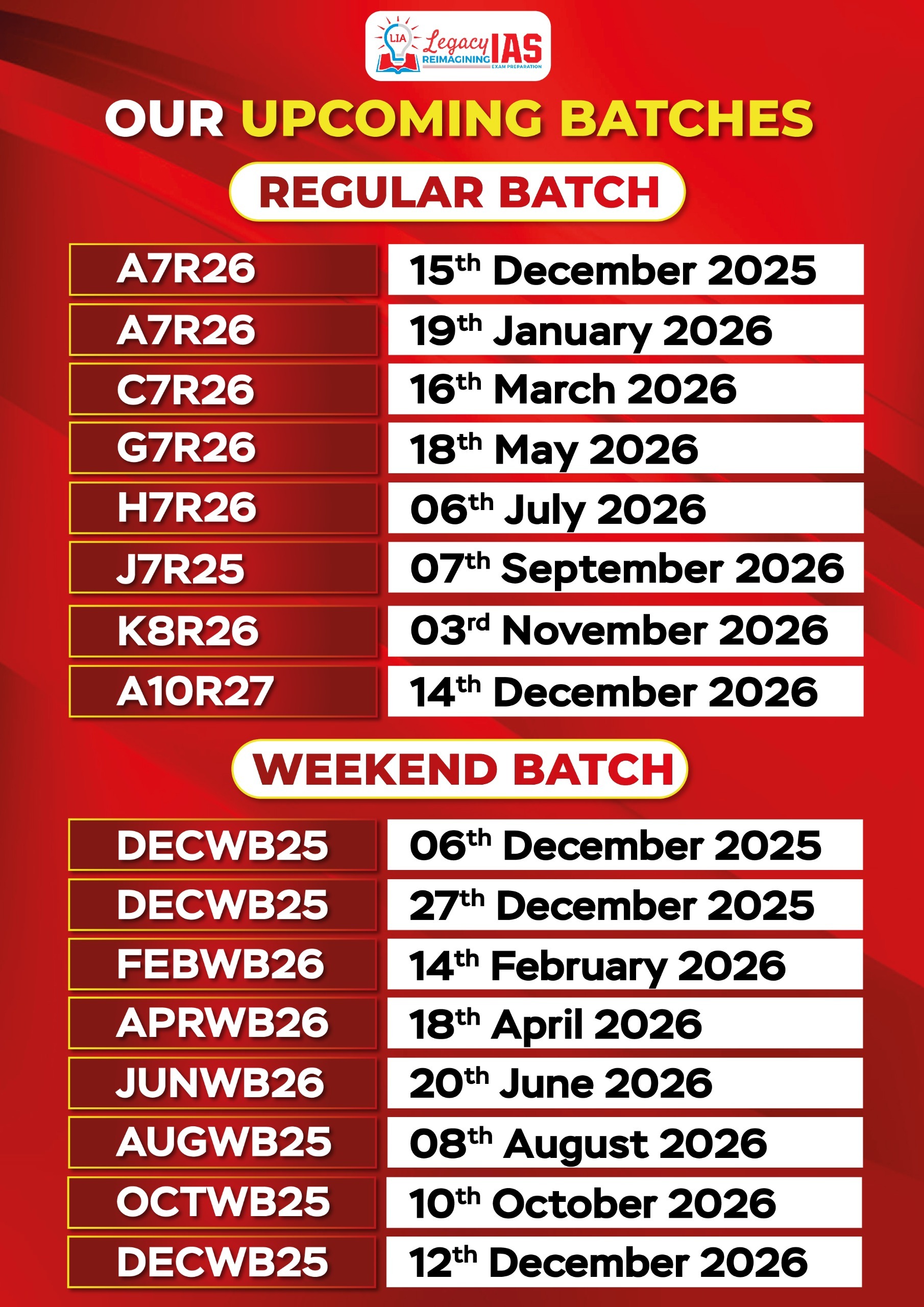Context: On February 13, President’s Rule was imposed in Manipur following the resignation of Chief Minister N. Biren Singh after political instability and ongoing violence between Meitei and Kuki-Zo communities since May 2023. The conflict has led to over 250 deaths and displaced 60,000+ people.
Relevance : GS 3(Polity , Internal Security)
Reason for Imposition: The resignation of the Chief Minister and a political crisis, compounded by the inability to form a new government, led to the President’s Rule under Article 356 of the Indian Constitution.
Constitutional Provisions:
- Article 356: Allows imposition of President’s Rule (or State Emergency) if a state’s constitutional machinery fails.
- Article 355: The Union government must ensure that State governments operate as per the Constitution and safeguard against internal disturbances.
- Article 365: Allows declaration of Constitutional Emergency if a state fails to comply with Union directions.
Process and Approval:
- The proclamation must be laid before Parliament and needs approval within two months. It lasts for six months with the option of further extensions, up to three years, under specific conditions.
- The State’s executive functions are transferred to the Centre, and legislative functions to Parliament.
Comparison with National Emergency:
- A National Emergency is invoked for threats to India’s security, like war or armed rebellion (Article 352), and has no time limit, unlike a state emergency which can last up to three years.
- National Emergency requires a special majority in Parliament, while President’s Rule requires a simple majority.
- National Emergency can suspend fundamental rights (except Articles 20 and 21), whereas President’s Rule does not affect them.
Impact on Fundamental Rights:
- Under President’s Rule, citizens’ fundamental rights remain intact.
- National Emergency suspends fundamental rights under Article 19 and can allow the suspension of other rights.
Historical Use and Misuse:
- President’s Rule has been imposed 134 times across 29 states and UTs, often for political reasons, despite its constitutional aim to manage crises.
- Manipur has seen 11 instances of President’s Rule, the highest among states.
Judicial Review and Safeguards:
- The S.R. Bommai vs. Union of India (1994) case clarified that the imposition of President’s Rule is not absolute and can be reviewed by the judiciary.
- The Sarkaria Commission recommended that President’s Rule should be used only as a last resort.
Key Takeaways:
- President’s Rule is a constitutional measure to address state-level governance crises but has been subject to misuse for political purposes.
- The Supreme Court set guidelines to ensure that it is invoked only in genuine cases of constitutional breakdown and not for political gain.



